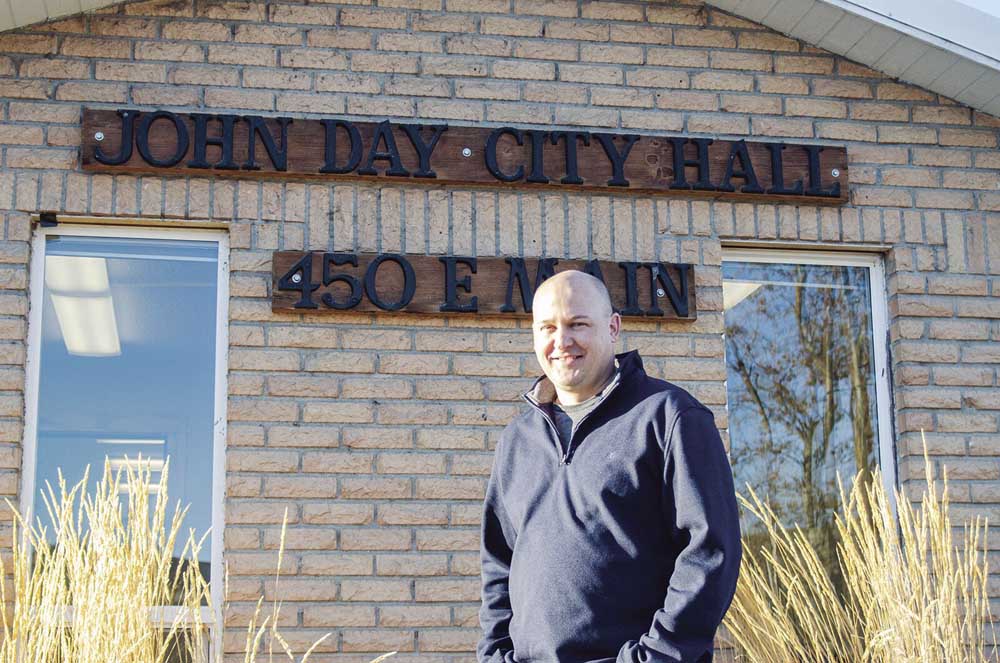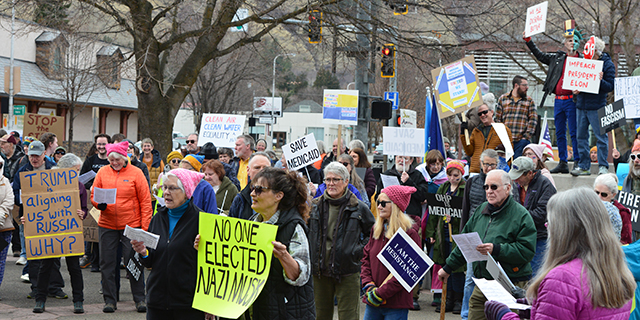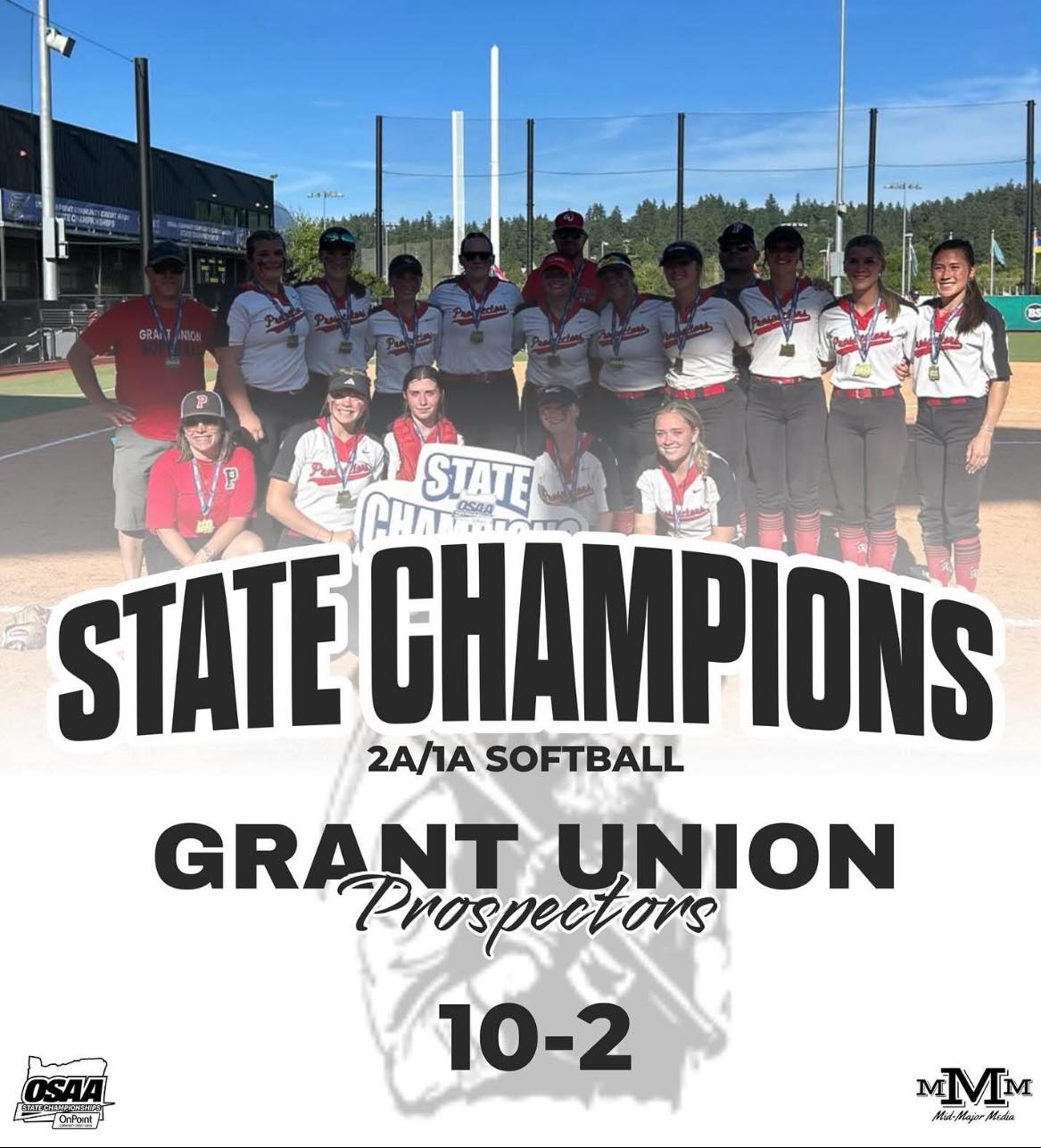Save energy and stay warm at home this winter
Published 4:00 pm Tuesday, January 20, 2004
With winter’s cold temperatures, the Oregon Department of Energy has some helpful tips for saving energy and making winter more comfortable.
HEATING
Set your heating thermostat to 60 degrees at night and 68 degrees during the daytime when you are home.
Install a programmable thermostat to automatically maintain temperatures.
Have your forced-air heating system serviced. Replace the air filter.
Add insulation to your attic, floor and walls.
Replace your windows with energy-efficient windows.
Plug unused chimney flue with a flue “pillow.”
WATER HEATING
Make sure your water heater is set between 125 and 130 degrees.
Wrap your water heater with a water heater blanket if it is in unheated space. An insulation blanket costs only about $10 and quickly pays for itself. Follow manufacturer’s instructions.
Install water-saving showerheads. New models deliver a full spray using less than two-and-a-half gallons a minute. They cost only $5 to $15 and are easy to install.
Install faucet aerators.
Fix leaky fixtures. Thirty drips a minute of hot water wastes 50 gallons of water a month.
Take a shower instead of a bath. The average bath uses twice as much hot water as a 5-minute shower.
Set a timer when you shower to remind you when five-minute is up. Showers make up about 2/3 of your water heating costs.
Don’t allow hot water to run down the drain. Turn off the faucets immediately after use.
Insulate your hot water pipes.
Waterbeds – pull the covers up to insulate the top, insulate the bottom and sides with polystyrene foam insulation and lower the waterbed thermostat, if adjustable.
Drain and clean hot tubs if not in use. Use the insulated cover.
Use the cold water setting on clothes washers.
Wash only full loads in the clothes washer and dishwasher.
LIGHTING
Turn off your lights whenever possible. Use task lighting, rather than lighting the whole room.
Replace your indoor standard incandescent light bulbs with compact fluorescent bulbs. The new compact fluorescent bulbs use approximately 70 percent less energy than standard light bulbs. While more expensive initially, they last much longer.
Replace your outdoor lighting with motion-sensor floodlights or outdoor-rated compact fluorescents.
REFRIGERATION
Don’t keep your refrigerator or freezer too cold. Recommended temperatures are 37 to 40 degrees fahrenheit for the refrigerator and 0 degrees fahrenheit for the freezer. Check the temperature.
Replace your 10-year-old or older refrigerator with an energy-efficient model.
Discontinue use of a seldom used second “pop and beer” refrigerator.
COOKING
Cook several meals at the same time.
Use a microwave or toaster oven when possible for small quantities of food.
When heating water for tea or other drinks, heat only as much as you need.
This information was provided by the Oregon Department of Energy. They provide tax credits, loans, technical assistance and energy information for homes, businesses, manufacturing, farms, ranches, schools and government. For more information, call toll-free
1-800-221-8035 or check the Web site at www.energy.state.or.us.





